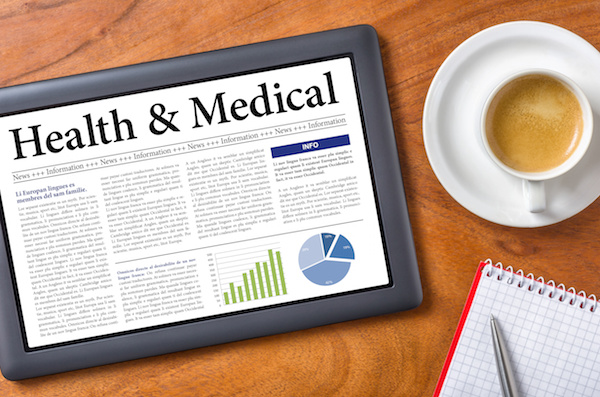
Here are some of the latest health and medical news developments, compiled by the editors of HealthDay:
At Least 1 in 5 Infected During Swine Flu Pandemic: Study
Between 20 and 27 percent of people worldwide were infected with H1N1 swine flu during the 2009 pandemic, a new study suggests.
The death rate among infected people was less than 0.02 percent, however.
The highest rate of infection was in children, with 47 percent of those aged 5 to 19 showing signs of having caught the virus, according to the analysis of data from 19 countries, including the United States, United Kingdom, China and India.
The rate of infection was lower in seniors, at only 11 percent of people aged 65 and older, according to the study in the journal Influenza and Other Respiratory Viruses.
While these findings are based on data from 19 countries, the researchers believe infection rates were similar in countries where data was not available. The study was an international collaboration led by the World Health Organization and Imperial College London in the U.K.
“Knowing the proportion of the population infected in different age groups and the proportion of those infected who died will help public health decision-makers plan for and respond to pandemics,” study senior author Dr. Anthony Mounts, of the World Health Organization, said in an Imperial College London news release.
“This information will be used to quantify severity and develop mathematical models to predict how flu outbreaks spread and what effect different interventions may have,” he explained.
—–
New Medical Robot Approved by FDA
A self-guided rolling robot that can connect doctors with patients anywhere in the world has been approved by the U.S. Food and Drug Administration.
The RP-VITA Remote Presence Robot is equipped with its own stethoscope and can be connected to equipment such as an ultrasound. When connected to a hospital’s server, the robot can show MRIs, CT scans and X-rays to doctors in distant locations, the Boston Herald reported.
The robot, a joint effort by iRobot and InTough Health, is the first FDA-approved remote presence system that includes independent navigation. It will enable remote physician-patient consultations and ensure that doctors have the information they need to take immediate action.
“Eighty percent of victims of stroke, for example, the third leading cause of death, have blockages that need to be treated in the first three hours by a drug to save the patient from dying, but there’s a shortage of stroke neurologists,” Yulun Wang, CEO of California-based InTouch Health, told the Herald.
“By using these robots, you can extend the reach of these specialists to the 5,000 to 6,000 hospitals in the United States,” Wang said.
—–
School Sports a Right for Disabled Students: Education Department
Students with disabilities must be given the opportunity to play school sports, the U.S. Education Department announced Friday.
It said disabled students should be allowed to join traditional teams if “reasonable modifications” could be made to accommodate, the Associated Press reported.
If such modifications would fundamentally alter a sport or give the disabled student an advantage, schools should create parallel sports programs that have comparable standing to traditional programs, the department said.
“Sports can provide invaluable lessons in discipline, selflessness, passion and courage, and this guidance will help schools ensure that students with disabilities have an equal opportunity to benefit from the life lessons they can learn on the playing field or on the court,” Education Secretary Arne Duncan said in a news release, the AP reported.
The announcement was welcomed by activists.
“This is a landmark moment for students with disabilities,” Terri Lakowski, who led a coalition pushing for the changes, told the AP. “This is a huge victory.”
—–
Smokers Face Large Health Insurance Penalties
Tobacco penalties in the Affordable Care Act could mean that millions of smokers could be unable to afford health insurance, experts warn.
Starting Jan. 1, 2014, the act allows health insurances to charge 50 percent higher premiums for smokers buying individual policies, the Associated Press reported.
That means that the penalty could be as much as nearly $4,250 more per year for a 55-year-old smoker and as much as nearly $5,100 for a 60-year-old smoker. Younger smokers could be charged lower penalties.
Workers with company plans would not be hit with the tobacco penalties if they joined programs to help them quit smoking, the AP reported.
Nearly one in five U.S. adults smokes. The rate is higher among low-income Americans, who are also more likely to have jobs that don’t provide health insurance and would therefore have to buy individual insurance.
—–

